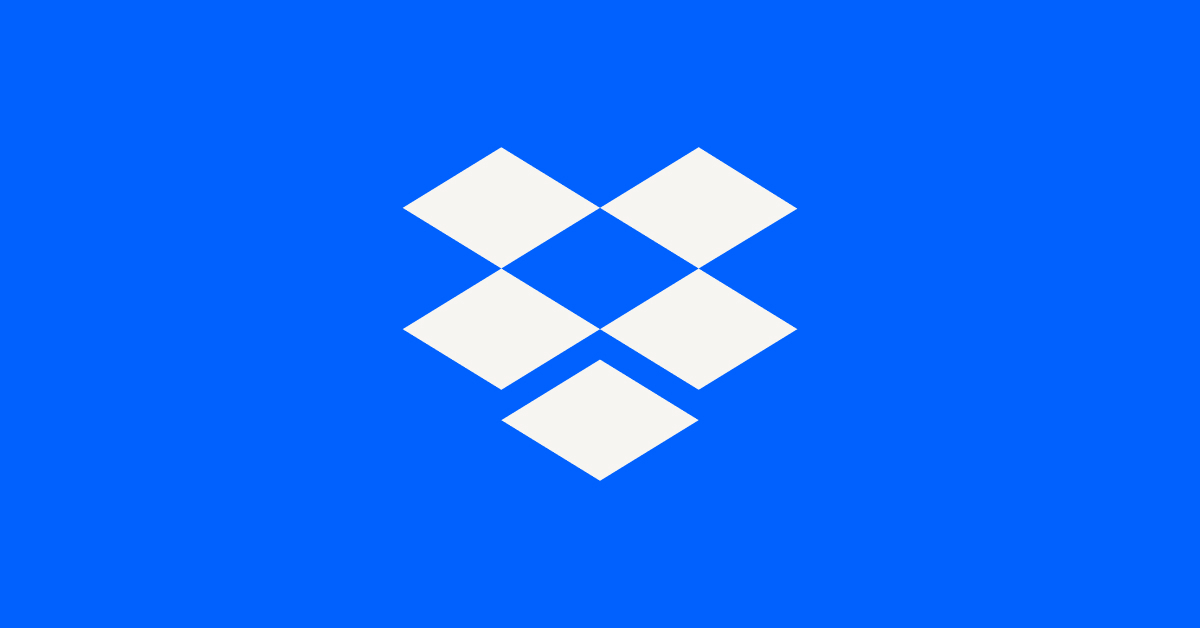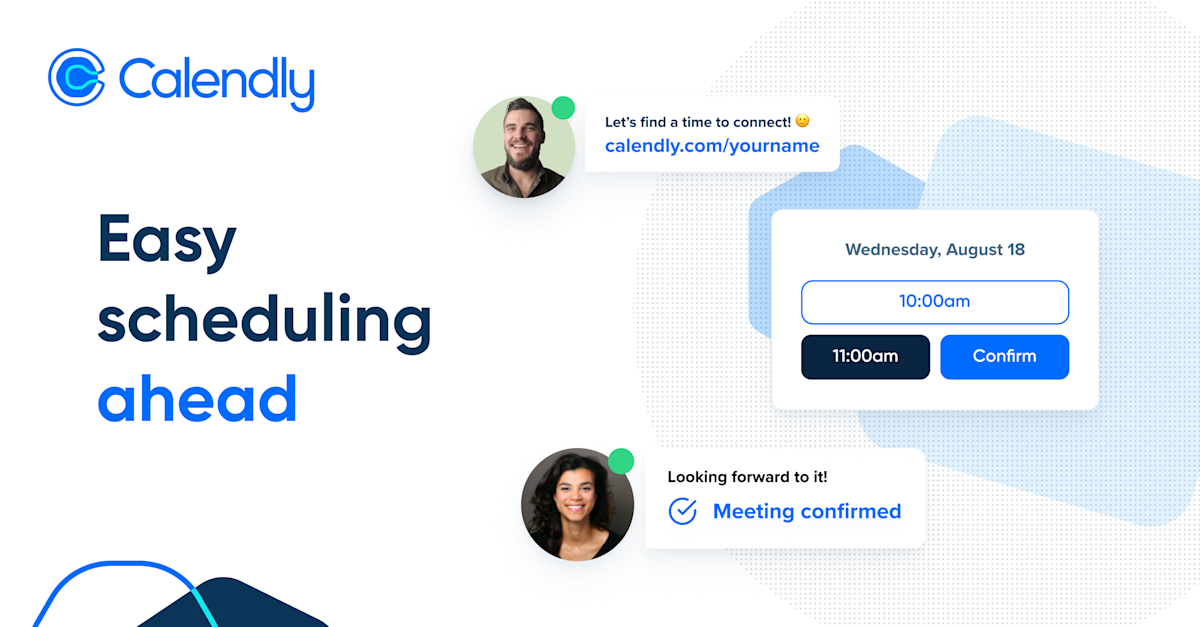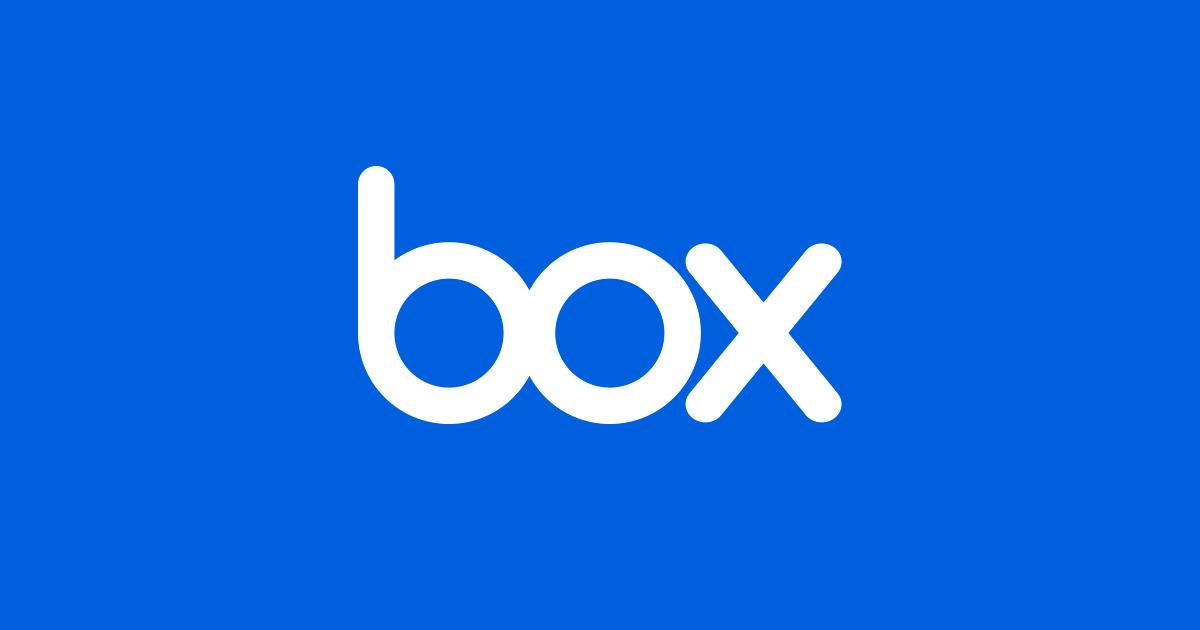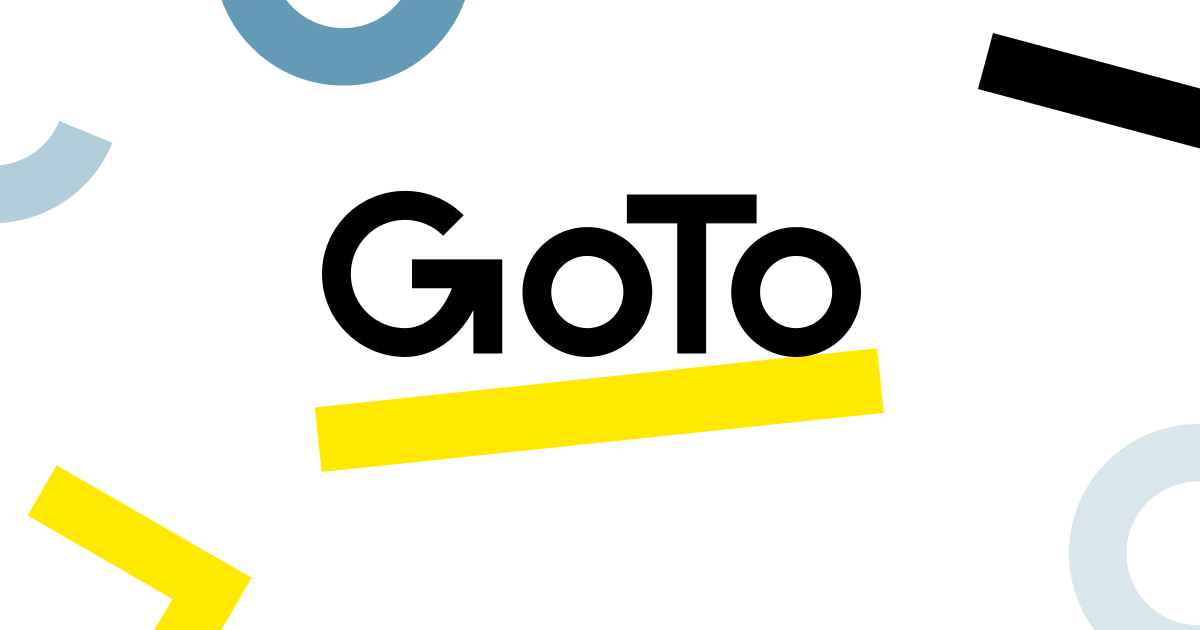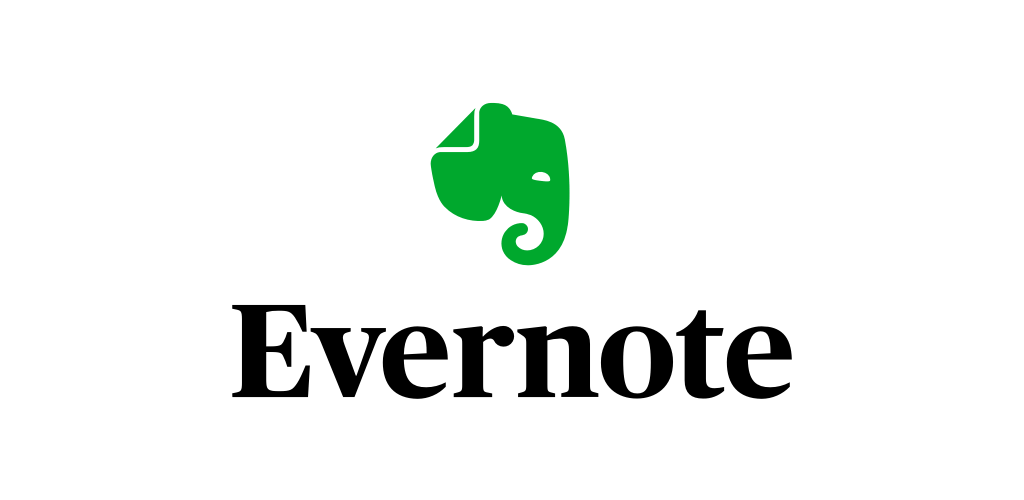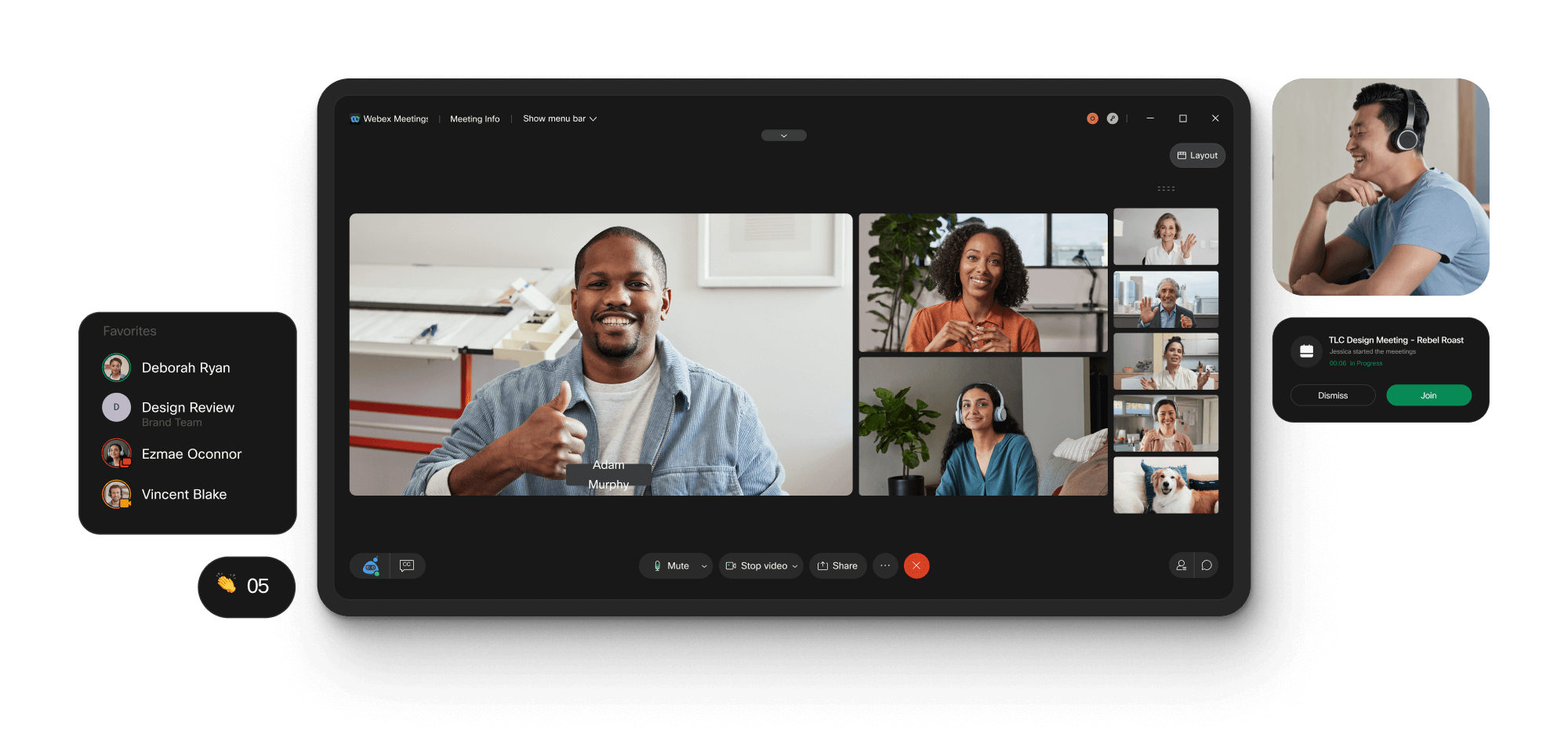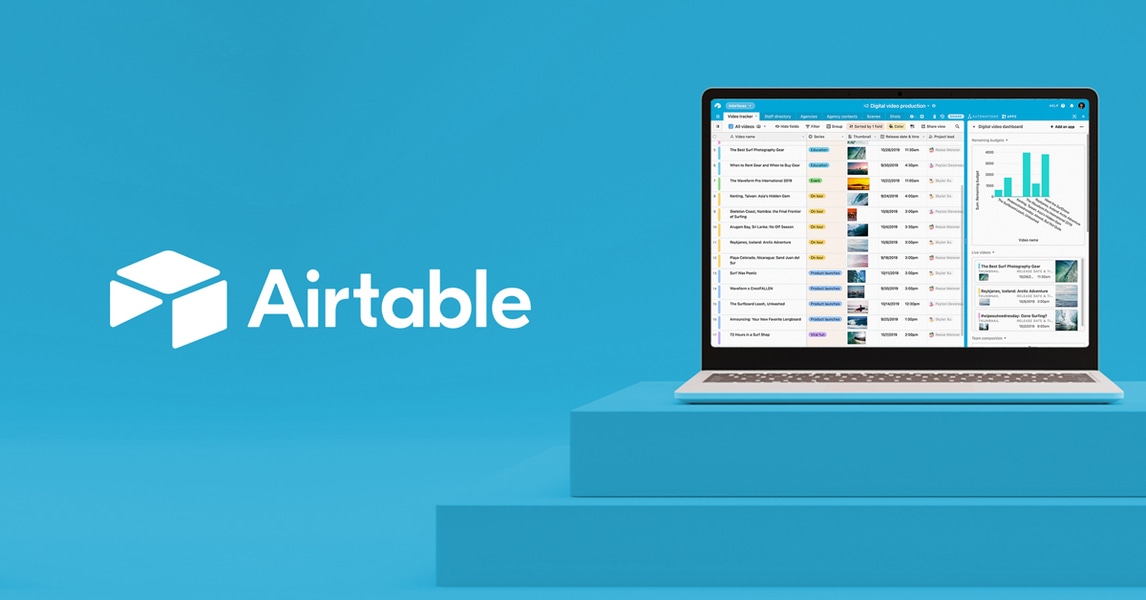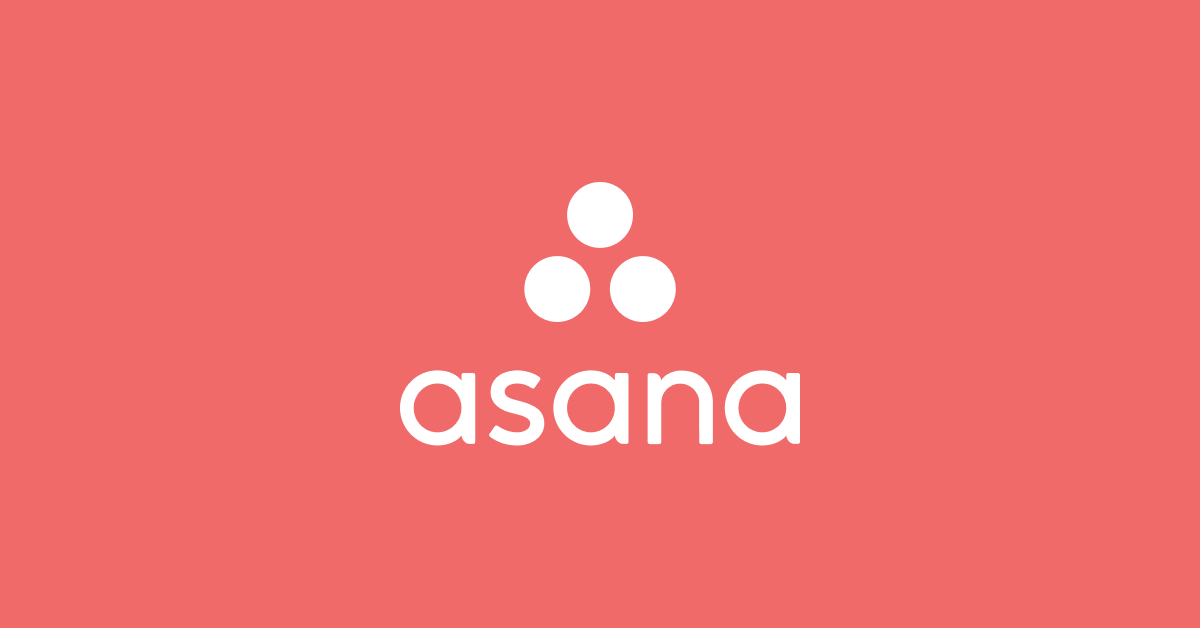Introduction
As hybrid and remote work have become the norm, the need for effective meeting and collaboration tools has never been greater. Whether your needs include video conferencing, online document sharing, team chat or scheduling meetings, there are many excellent options on the market to support virtual teams. In this post, we evaluate 15 of the most popular meeting management tools based on features, reputation and other key factors to help you choose the best fit for your business.
Methods of Evaluation
To evaluate and rank these 15 meeting management tools, we looked at factors like features, pricing, reputation from reviews and third-party experts, number of backlinks to company websites indicating brand authority, traffic to company websites based on similarsearch data, and keyword trends showing consistent interest. This multifaceted approach helps provide a well-rounded view of how each tool stacks up.
1. Adobe Connect
Adobe Connect is a leading web conferencing and online meeting solution developed by Adobe. With over 20 years in the industry, Adobe Connect enables interactive engaging meetings, training sessions, and webinars. It offers a flexible platform that integrates tightly with Adobe’s document solutions like Acrobat and Experience Manager.
Pros: Some key advantages of Adobe Connect include:
– Flexible platform integrated with Adobe document solutions
– Robust engagement tracking and reporting tools
– Enterprise ready with LDAP/SSO support
Cons: A potential disadvantage is that it has a higher price point compared to some other meeting management tools due to its advanced features targeted at large enterprises.
Pricing: Adobe Connect pricing starts at $50 per host per month for fewer than 50 attendees. Plans scale up to enterprise licenses priced per concurrent connection.
Some key stats about Adobe Connect include:
– Used by thousands of enterprises globally across all industries
– Supports meeting with up to 1000 participants
– Includes engagement tracking for up to 50,000 attendees
– Integrates with 300+ applications through APIs and connectors
2. Zoom
Zoom is a widely popular video conferencing platform that has gained significant traction, especially during the pandemic. It offers an intuitive platform for video and audio conferencing, chat, and collaboration. Some key features include HD video and audio conferencing, screen sharing, real-time meetings, scheduling capabilities, and support for up to 100 participants.
Pros: Some key advantages of Zoom include: it offers a intuitive and easy to use interface. It has wide platform support across Windows, Mac, iOS, Android as well as browser based access. It offers strong security features for meeting hosts to control access. It integrates well with other collaboration tools like Google Calendar, Slack, and Microsoft Teams.
Cons: One potential disadvantage is that the free Basic account limits meeting time to 40 minutes which may not meet all needs. Some users have also reported privacy and security concerns around Zoom’s data sharing practices.
Pricing: Zoom offers various paid plans starting from a Pro individual plan for $15/month all the way to an Enterprise plan customized for larger organizations. Key features are unlocked with each higher tier plan like longer meeting times, advanced security features, cloud recording and more.
Some key stats about Zoom include:it currently has over 200 million daily meeting participants and has seen participation grow by 30x since December 2019. It has strong brand recognition as one of the leaders in the video conferencing space. Other stats include support for up to 100 simultaneous participants on free accounts and up to 1,000 on paid plans.
3. Dropbox Paper
Dropbox Paper is a collaborative workspace and word processor available from Dropbox. Paper allows teams to brainstorm, write, and collaborate on documents through an interface that looks and feels much like other office productivity tools but with added collaborative features.
Pros: Some key advantages of Dropbox Paper include:
– Cloud-based collaborative workspace that allows simultaneous editing
– Integrates with other Dropbox apps for easy file sharing and signing
– Provides Slack and email notifications when documents are mentioned or edited
Cons: One potential disadvantage of Dropbox Paper is that it lacks some advanced formatting features found in traditional word processors or desktop productivity suites.
Pricing: Dropbox Paper has three pricing tiers:
– Free tier for individual use
– Plus plan starting at $12.50/user/month
– Family plan starting at $16.67/user/month for teams of 5 or more
Some key stats and facts about Dropbox Paper include:
– Available on web and as iOS/Android apps
– Integrates tightly with other Dropbox apps like Dropbox, HelloSign and Dropbox Transfer
– Over 500,000 teams currently use Paper globally
4. Calendly
Calendly is a leading meeting management tool that helps professionals and businesses schedule meetings and appointments easily. Founded in 2013, Calendly has grown to support over 10 million meeting attendees each month. With its intuitive interface and wide integration capabilities, Calendly helps people find time and connect effectively.
Pros: Some key advantages of using Calendly include:
– Automated scheduling links that attendees can use to self-schedule meetings at their convenience.
– Seamless integration with CRM and collaboration tools like Hubspot, Salesforce, Slack etc for better workflow management.
– Wide ecosystem of app integrations allowing users to pull contacts and sync scheduled meetings across platforms.
– Intuitive calendar view making it easy for attendees to browse availability and book time slots.
Cons: One potential disadvantage of Calendly could be its pricing for teams and enterprises which starts at $8 per month for each scheduled meeting attendant after free trial. For companies with high volume of scheduled meetings, the per user pricing model may not be very cost effective.
Pricing: Calendly offers the following pricing plans:
– Free Plan: Supports up to 10 scheduled meetings per month.
– Professional Plan: Starts at $8/month per scheduled meeting attendant with no usage limits.
– Enterprise Plan: Custom pricing for large enterprises and customized features.
Some key stats about Calendly include:
– Over 10 million monthly meeting attendees scheduled through Calendly.
– Integrations with over 250+ apps including Salesforce, Hubspot, Google Calendar and Outlook.
– Named a leader in the meeting scheduling software category by G2.
5. Skype
Skype is a widely popular communication platform that allows users to make video and voice calls, send instant messages and files to other users around the world. Originally released in 2003, Skype became one of the most popular communication apps worldwide with over 300 million users as of 2021.
Pros: Key advantages of using Skype include:
– Widely adopted communication platform with video now standard
– Tight integration with Microsoft products and accounts provides a seamless experience
– Cross-platform functionality allows users to connect from desktop and mobile devices
Cons: The main disadvantage of Skype is that the free version has limitations on features like call time limits and lack of group video calling. Some advanced collaboration tools found in competing products are also missing from the free Skype experience.
Pricing: Skype offers a free basic video/voice calling plan. Paid Skype Premium subscriptions start at $2.99/month and unlock additional features like group calling, unlimited calling time and HD calling.
Some key facts about Skype:
– Over 300 million monthly active users globally
– Available cross-platform on Windows, Mac, Linux, Web, Android and iOS
– Tight integration with Microsoft products like Office 365 and Teams
– Supports group video calls with up to 50 participants
6. Discord
Discord is a popular chat platform originally designed for gamers. While Discord was initially focused on gaming communities, it has expanded to become a general communication platform for a wide variety of groups and interests. Discord allows users to have text chats, voice and video calls, and share files across mobile and desktop devices.
Pros: Some key advantages of Discord include:
– Free and open source software
– Granular permissions that allow assigning different roles to users
– Popular platform that many gamers and communities are already using
– Provides persistent text and voice channels for organizing ongoing discussions
Cons: One potential disadvantage is that Discord is primarily designed for casual chat versus structured collaboration or project management.
Pricing: Discord’s basic features are free for both personal and business use. Paid subscription plans such as Nitro and Nitro Classic provide additional features like animated avatars, larger file uploads, and extra server slots.
Some key stats about Discord include:
– Over 250 million users worldwide
– Available on Windows, macOS, Android, iOS, Linux, and web
– Supports group calls with up to 50 participants
– Over 10 million servers created by users
7. Box
Box is a secure content management and file sharing platform that enables easy collaboration both internally within an organization and externally with partners and customers. Founded in 2005, Box allows users to store, share, and collaborate on content from anywhere using either their web app or mobile apps. With over 100,000 business customers, Box has become one of the leading content management solutions for enterprises.
Pros: Some key advantages of Box include:
– Granular sharing and permissions controls allow sensitive content to be shared securely
– Wide range of integrations and APIs allow Box to work seamlessly within existing technology stacks
– Robust security and compliance features like data loss prevention and auditing
– Intuitive interface and rich feature set make Box easy for teams to adopt and use
Cons: One potential disadvantage is that Box does not offer the same level of offline or desktop functionality as some competitors. While the web and mobile apps allow access from any device, some users may prefer a more robust desktop experience.
Pricing: Box offers several paid plans including Business, Business Plus, Enterprise, and Education. Pricing starts at $5 per user per month for the Business plan which includes unlimited storage and sharing for up to 5 users. Contact Box for an enterprise quote.
Some key stats about Box include:
– Over 100,000 business customers worldwide
– Supports over 1 billion files shared each month
– Integrations with over 1500 apps including Microsoft Office 365, Salesforce, and Google Workspace
– 99.99% uptime SLA for business and enterprise plans
8. Slack
Slack is a leading team communication tool that is popular among software teams and remote companies. Slack allows teams to chat, share files, and collaborate both internally and externally through a private and secure platform.
Pros: Some key advantages of Slack include: – Robust team communication tool that allows for persistent chat rooms organized by topic or project – Highly customizable through a robust app directory and ability to build custom bots and integrations – Built-in video calling and screen sharing capabilities for remote collaboration
Cons: One potential disadvantage of Slack is that it does require paying for additional storage and features for larger teams or advanced needs. The free version has limited storage and functionality.
Pricing: Slack offers both free and paid plans. The free plan includes basic messaging, file storage and integrations. Paid plans start at $8 per user per month for additional storage, advanced features and enterprise-grade support.
Some key stats about Slack include: – Used by over 10 million daily users across organizations – Integrations with over 1,500 apps for added functionality like calendaring, file sharing or business processes – Supports over 45 languages for global teams
9. TeamViewer
TeamViewer is a German software company that provides remote access and connectivity solutions. Founded in 2005, TeamViewer has become one of the leading providers of remote desktop solutions and support applications for both personal and commercial use. With features such as remote desktop access, online meetings, remote support and connectivity across multiple devices, TeamViewer offers an all-in-one platform for managing remote connections and collaborating online.
Pros: Some key advantages of TeamViewer include:
– Allows easy remote desktop control that can be ideally paired with video meetings for screen sharing.
– Acts as an all-in-one solution that optimizes deployment resources through centralized management and administration.
– Wide feature set optimized for IT professional use cases such as remote device management, online support sessions and remote access.
Cons: A potential disadvantage is that the commercial/professional versions come with pricing tiers based on the number of supported devices/concurrent connections required.
Pricing: TeamViewer offers various pricing tiers for personal, commercial and enterprise use:
– Personal and nonprofit use is free.
– Pricing starts from $8.50/month for supporting up to 2 devices.
– Premium tiers offer additional features and range from $25 to $500/month based on device numbers and connectivity needs.
Some key stats about TeamViewer include:
– Over 2.5 billion devices have been remotely supported using TeamViewer.
– Serves over 500 million users worldwide.
– Has a network of over 35 million connected devices.
– Available in nearly all countries and supports connections between any type of device or operating system.
10. GoToWebinar
GoToWebinar is an all-in-one online event platform owned by LogMeIn. Founded in 2005, GoToWebinar has helped organizations around the world host millions of successful webinars and virtual events. The platform provides robust features optimized specifically for interactive webinars and online presentations.
Pros: Some key advantages of GoToWebinar include:
– All-in-one platform optimized specifically for webinars
– Granular engagement tracking including polls and surveys
– Robust registration and customization tools
– Cloud-based for easy access from any device
– Intuitive controls for presenting content and managing attendees
Cons: A potential disadvantage is that the pricing can be somewhat expensive for larger organizations or those requiring many attendee seats. However, GoToWebinar does offer different pricing tiers and packages to accommodate various budgets and needs.
Pricing: GoToWebinar offers several pricing plans starting from their Basic plan for $99 per month which supports up to 500 attendees. Their Standard plan is $249 per month for up to 1,000 attendees. They also have Advanced and Enterprise packages tailored for larger organizations and customized needs.
Some key stats about GoToWebinar include:
– Used by over 15 million professionals annually
– Hosted over 25 million webinars to date
– Supported in over 25 languages
– Integrates with many CRM and marketing tools like Salesforce, Hubspot, and Marketo
11. Evernote
Evernote is a note-taking and organizing app that allows users to easily capture information in notes and organize them with tags and notebooks. Evernote has been a leader in the note-taking space since its launch in 2008.
Pros: Some key advantages of Evernote include:
– Cross-platform syncing: Notes can easily be accessed from any device
– Flexible organization: Notes are organized using tags and searchable notebooks
– Sharing and collaboration: Notes can be shared and collaborated on with others
Cons: A potential disadvantage of Evernote is that the free version has limited storage, with notes taking up space. Premium subscriptions are required for unlimited storage.
Pricing: Evernote offers the following pricing plans:
– Basic (free): 60MB of monthly upload
– Premium: $7.99/month or $69.99 annually for unlimited storage
Some key stats about Evernote include:
– Over 300 million user accounts
– Available on all major platforms including Windows, Mac, iOS, Android, Windows Phone
– Users have created over 10 billion notes to date
12. Webex
Webex is a leading enterprise communication platform owned by Cisco. The company offers integrated solutions for video meetings, voice and team messaging. Founded in 1995, Webex helps large organisations power hybrid work by enabling seamless collaboration between employees, customers and partners. With a focus on security and reliability, Webex users can easily connect from anywhere on any device.
Pros: Some key advantages of Webex include:
– Meeting capabilities complemented by team messaging and file sharing
– Robust security features like AES 256-bit encryption ideal for business customers
– Cross-platform support allowing users to join meetings from desktop, mobile and browsers
Cons: One potential disadvantage is that the free version has limited features compared to the paid tiers. For large organizations, ongoing subscription costs for all users could be significant over time.
Pricing: Webex offers several paid plans for individuals and businesses. Pricing starts from $13.50 per host/month for the Basic plan and goes up to $26.25 per host/month for the Advanced plan. Enterprise subscriptions are available starting at $17.95 per host/month.
Some key stats about Webex include:
– More than 600 million users globally
– Meetings hosted per month: 2.1 billion
– Annual recurring revenue: Over $1 billion
13. Notion
Notion is a all-in-one workspace for note taking, wikis, task management and more. It allows users to store and organize all their company documents, wikis, tasks and projects in a single, customizable workspace.
Pros: Some key advantages of Notion include: – Centralized workspace: Users can access all their documents, tasks and notes in a single, searchable place. – Customizable templates: The tool comes with ready templates for documentation, wikis, Kanban boards etc that can be customized. – Rich formatting: Notion allows formatting text with images, tables, files, pdfs, checklists and more. – Embedding capabilities: Users can embed files, tweets, maps and more within pages.
Cons: The main disadvantage is that the free plan has limited file uploads and capabilities. For most teams, an paid organizational plan would be required to use Notion to its full potential.
Pricing: Notion offers the following paid pricing plans on an annual subscription basis: – Personal ($4/month): For solopreneurs and freelancers. – Team ($8/user/month): For teams of up to 5 users. – Business ($12/user/month): For larger teams and organizations with additional capabilities.
Some key stats about Notion include: – Used by over 10 million people – Integrations with over 100 apps like Dropbox, GitHub, Stripe etc. – Available on desktop and mobile apps – Over 3 million knowledge bases and documents created.
14. Airtable
Airtable is a low-code platform that allows users to build custom applications using a familiar spreadsheet interface. With Airtable, users can create customizable databases, forms, views, and relationships to connect information from across their entire organization.
Pros: Some key advantages of Airtable include:
– Customizable databases that can be structured in any way needed for a specific use case
– Forms and automated workflows that allow capturing information and routing it through automated steps
– Deep integrations that allow connecting Airtable to hundreds of other popular cloud apps for a unified workflow
Cons: One potential disadvantage of Airtable is that because it is primarily geared toward non-technical teams, more advanced developers may find it limiting for complex applications compared to traditional databases and custom coding.
Pricing: Airtable offers both free and paid plans. The free plan includes access to up to 3 databases with a total of 1,200 records. Paid plans range from $5/user/month for the ‘Individual’ plan up to custom enterprise plans for large teams and complex requirements.
Some key stats about Airtable include:
– Used by over 180,000 organizations worldwide including Buzzfeed, Conde Nast, and 22squared
– Over 2 million databases created by users
– Integrates with over 500+ popular apps like Slack, Google Docs, GitHub, and more
15. Asana
Asana is a project management and work tracking tool that helps teams organize their work. Founded in 2008 and based in San Francisco, Asana helps teams coordinate projects through tasks, goals and team workflows. Asana serves over 100,000 paying customers including IBM, Bloomberg and Spotify.
Pros: Some key advantages of Asana include:
– Robust task management capabilities to break down projects into action items and assign tasks
– Gantt chart views to track progress and dependencies across projects visually
– Ability to customize views, filters and workflows to suit your team’s needs
– Integrations with various tools your team already uses for a seamless workflow
Cons: One potential disadvantage of Asana is that the free version has limited functionality. To unlock more advanced features like custom fields, custom objects and offline access, teams need to upgrade to a paid plan starting at $10.80/user per month billed annually.
Pricing: Asana offers the following paid plans:
– Premium – $10.80/user per month billed annually
– Business – $18.75/user per month billed annually
– Enterprise – Custom pricing based on team size and needs
Some key stats about Asana include:
– Used by over 100,000 paying customers globally across various industries
– Integrations with over 150 apps including Slack, GitHub and Google Workspace
– Supports teams of all sizes from small teams to enterprises with thousands of employees
– Named a Leader in the 2019 Gartner Magic Quadrant for Work Management Tools
Conclusion
While every business has different needs, hopefully this overview has helped shine a light on some of the top options for powering remote collaboration and meetings in 2023. Consider your key functional requirements as well as budget before choosing the right solution. With so many great tools available, you’re sure to find one that aligns well with your unique workflow.






